Puer
1989 Xiaguan Jia Ji Tuocha Raw Puer Tea
I thought of adding some more info about this tea here because my description is quite long already.
One day I posted some pictures of the tea liquor of this tea on Instagram.
In that tea session, I used fewer grams, so I did fewer infusions. And also pry open a new Tuocha. So I thought of showing you the tea leaves here:

The tea leaves you can see here are not as dark as the one in the tea description (of the website) which are these:
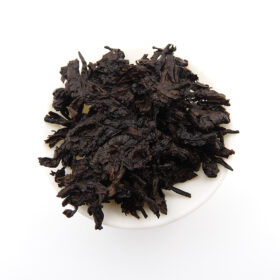
When this tea is young is tightly compressed. But since this one underwent some traditional HK storage and is not young, the compression has loosened considerably.
So in this tea session in the second or third infusion, the tea liquor had more colour already than in the first tea session when I brewed the centre of the Tuocha.
Anyway, I wanted to clarify the colour difference. And also, wanted to take the opportunity for you to see the opened tea leaves.
You can see that I managed to open some and they have darkened significantly. However, still look flexible and maintain some of their original texture. They are not super stiff. Meaning the humidity this tea underwent is not excessive.
Also, I think that we all could agree that for a Xiaguan Tuocha these tea leaves look not bad at all!

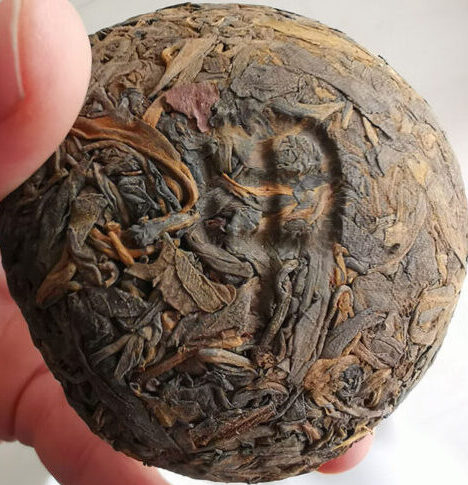
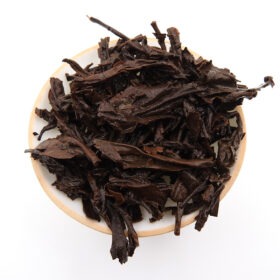
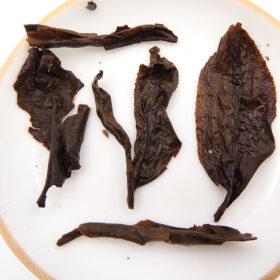
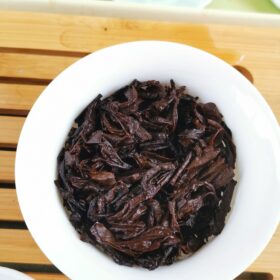
I came here curious about this very tuo. It appears to be far and away the most precious thing in your inventory, if it’s what it claims to be. What do you know of its provenance? Did it spend time at Hong Kong? Did it get shicang flavor?
Hi there. In terms of its age, it’s our oldest.
Regarding tea storage, it spent most of its life in Hong Kong and the rest in Kunming. So, any initial wet notes it may have had are gone (I haven’t tried it when it was in HK). It’s super clean now with a thick and sweet tea soup.